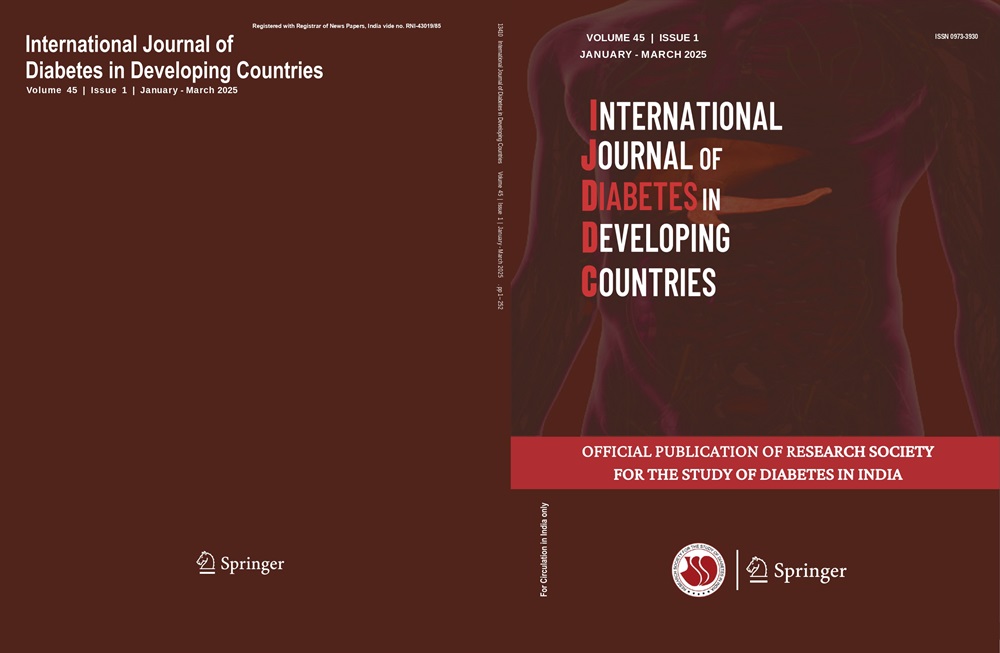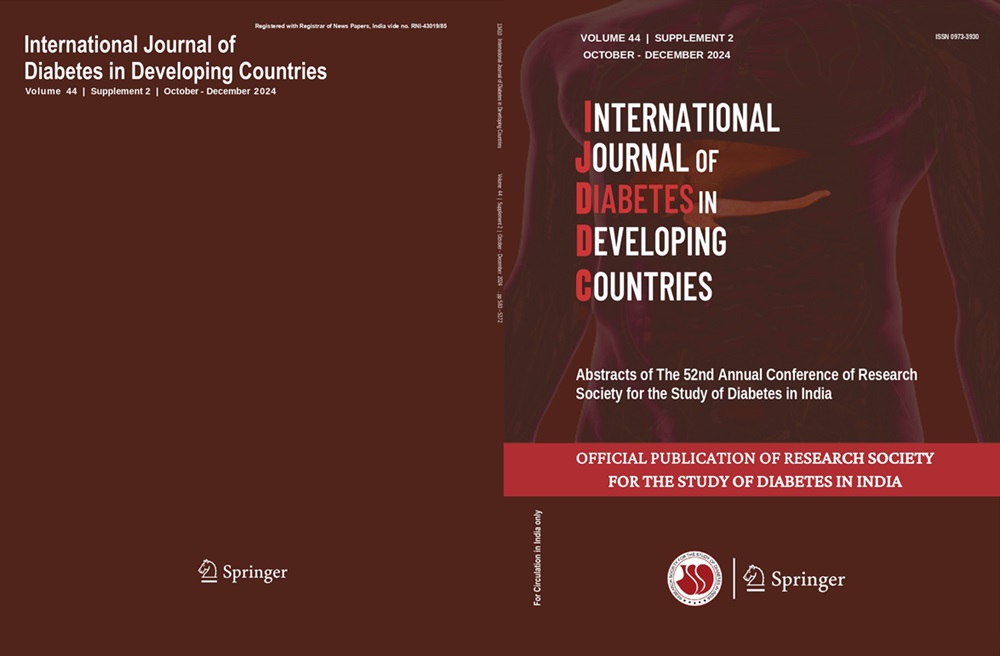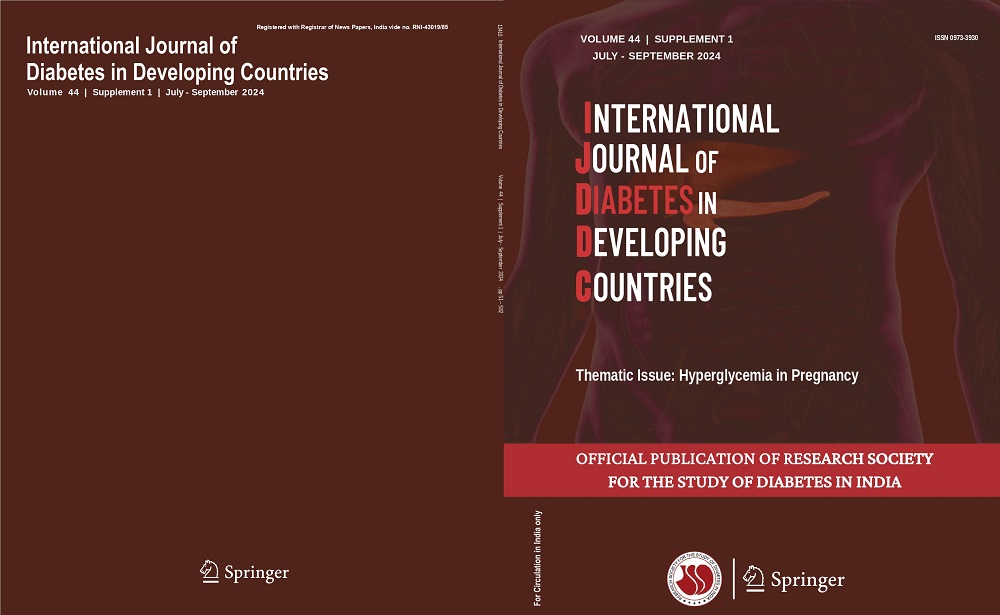Haixia Zeng, Jianping Liu, Yuying Zhang
Keywords
Sensitivity to thyroid hormones • Metabolic dysfunction-associated fatty liver disease • Free fatty acids • Elevated liver enzymes
Abstract
Objective There is a delicate interplay between thyroid hormones and thyrotropin (TSH) and metabolic homeostasis. However, the role of thyroid hormone sensitivity in metabolic health, particularly in relation to metabolic dysfunction-associated fatty liver disease (MAFLD) and associated complications such as elevated liver enzymes and free fatty acid (FFAs) has not been elucidated in euthyroid populations.
Methods A total of 3929 euthyroid adults from the Second Affiliated Hospital, Jiangxi Medical College, Nanchang University were included in this study. Thyroid hormone sensitivity indices were calculated by thyroid feedback quantile-based index (TFQI), TSH index (TSHI) and thyrotropin thyroxine resistance index (TT4RI). Associations between thyroid hormones sensitivities and risk of MAFLD, MAFLD with elevated liver enzymes, MAFLD with elevated FFAs were assessed with logistic regression.
Results After adjustment for multiple risk factors, adjusted odds ratio (AOR) of the fourth versus the first TFQIFT4 quartile for MAFLD, MAFLD with elevated liver enzymes, and MAFLD with elevated FFAs were 1.778 (95% CI 1.378, 2.293), 1.466 (1.105, 1.945), and 1.936 (1.479, 2.534), respectively (all p<0.001). Per 1 SD in TFQIFT4, ORs increased 2.27 (95% CI 1.74, 2.97) for MAFLD, 2.05 (1.51, 2.78) for MAFLD with elevated liver enzymes, and 2.43 (1.82, 3.24) for MAFLD with elevated FFAs. The other sensitivity to thyroid hormones indices showed similar associations for MAFLD and MAFLD with elevated liver enzymes.
Conclusions These findings have important implications for understanding the role of thyroid hormone sensitivity in metabolic health, particularly in relation to MAFLD and associated complications such as elevated liver enzymes and FFAs. TFQIFT4, TFQIFT3, TSHI and TT4RI can be used as new indicators for predicting MAFLD and MAFLD with elevated liver enzymes.




